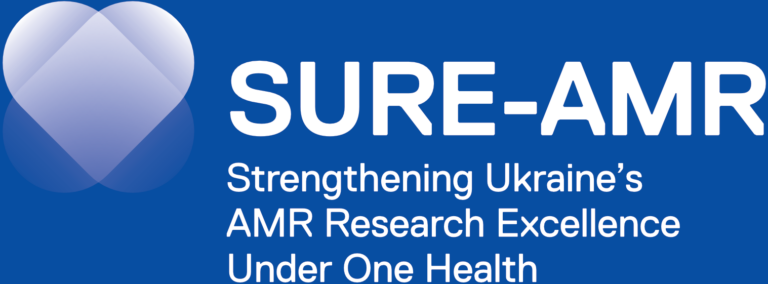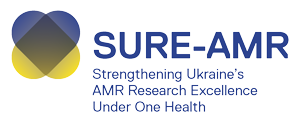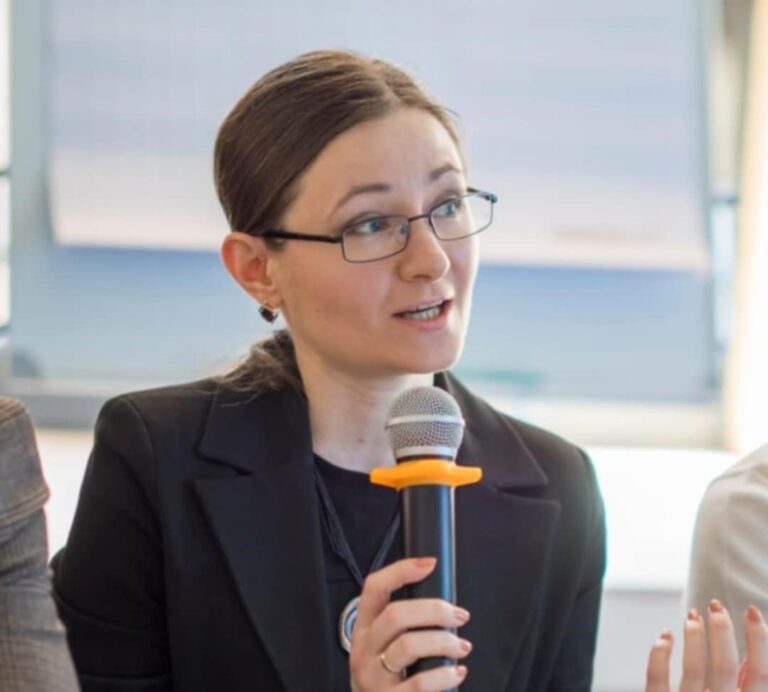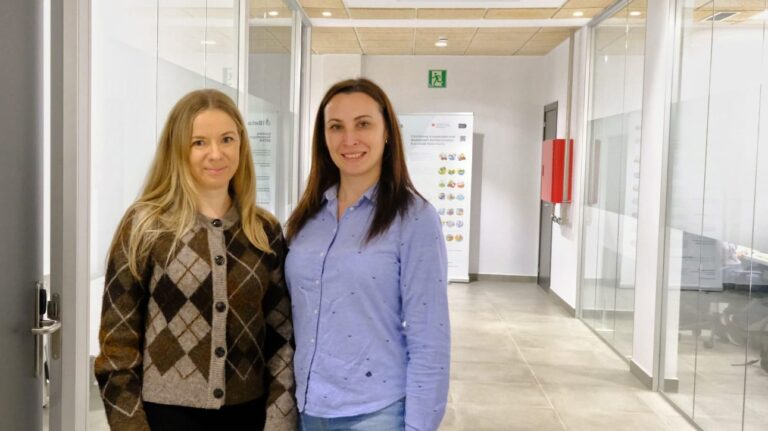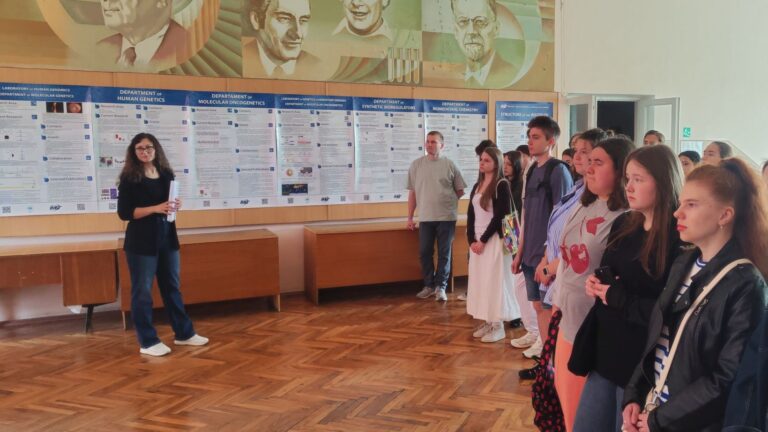How would you define the National Medicines Institute (NIM) role in SURE-AMR?
We are involved in all Work Packages but we are responsible for one. Our work is centered on recognizing and establishing IMBG as a Centre of Excellence and sustaining this after the project finishes. For example, in Poland, it took us 20 years to develop the National Reference Centre with secure financing for monitoring antimicrobial resistance and disease outbreaks. In that sense, we were once on a similar path to where Ukraine is now. They need funding for surveillance, research, access to reliable antimicrobial resistance (AMR) data, and a robust data registry to develop evidence-based protocols and drive policy changes—policies that align more closely with EU standards. Even though it can be a long process, I believe SURE-AMR is a strong starting point for achieving these goals.
How will NIM help IMBG become a Centre of excellence?
In our lab, we focus on hospital-based surveillance, which involves systematic collection, analysis, and interpretation of data related to diseases, health trends, and biological threats. This is a critical tool for guiding public health actions and shaping policy decisions.
Our primary focus is on antimicrobial resistance (AMR) surveillance—tracking how bacteria develop resistance to antibiotics over time. We aim to support IMBG in building an effective AMR surveillance system by leveraging our expertise.
In addition, in cooperation with IMBG, we will develop AMR monitoring protocols and data analysis methodologies adapted to the Ukrainian context, including whole-genome sequencing of resistant strains, assessing their virulence, and studying their relationships.
“We aim to support IMBG in building an effective AMR surveillance system by leveraging our expertise”
From your perspective, what are the challenges you encounter?
We have experience in research projects, but SURE-AMR is different and more theoretical, so one of the main challenges was adapting to its requirements. We did not foresee the scope of theoretical work, documentation, and reporting. The level of bureaucracy—although necessary for transparency and coordination—can sometimes be overwhelming, especially when it has to be balanced with our daily reference and scientific duties.
Despite the workload, it is a valuable learning experience. I gain insight into how large-scale international collaborations function, how to align with EU standards, and how important detailed planning and documentation are for project success. It’s time-consuming but also rewarding in terms of professional growth and building capacity for future projects.
“We will develop AMR monitoring protocols and data analysis methodologies adapted to the Ukrainian context”
How do you see the outcomes of the project when it finishes?
We hope this will lead to more opportunities for joint activities, including research. Long-term cooperation is essential to increasing research opportunities. This isn’t something that can be achieved in a short time—it requires sustained collaboration and involvement.
In our Work Package, we plan to engage with the European Centre for Disease Prevention and Control (ECDC) and other key stakeholders responsible for health actions across Europe, since our goal is to advocate for including Ukraine in European initiatives. Even if the country doesn’t yet have a well-established AMR surveillance, starting the process is what matters, and this project offers a strong foundation and is a great starting point.
